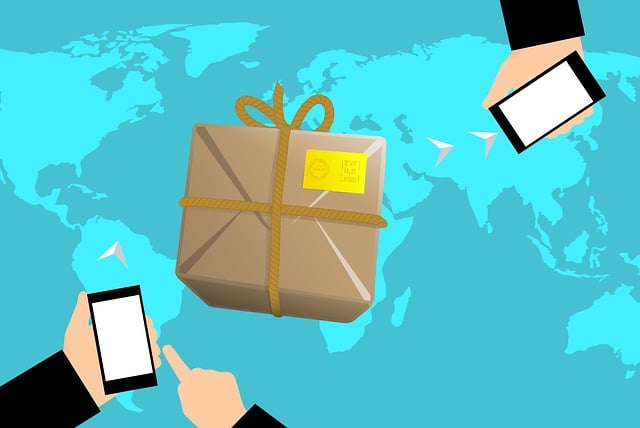Implementing an AI chatbot for your ecommerce platform involves considering several key factors, including functionality complexity, customization needs, integration requirements, and ongoing maintenance. Pricing varies greatly based on these factors, with rule-based chatbots being the most affordable, hybrid models offering flexible solutions for personalized service, and advanced AI chatbots providing state-of-the-art capabilities but at higher costs. Customization, integration, and long-term goals should guide your choice between subscription or one-time payment models. Strategic routing of queries and customizable pricing ensure efficient investments in ecommerce chatbot solutions.
“Unraveling the cost structure of AI chatbots is essential for businesses looking to enhance their customer support with advanced technology. This article guides you through the intricate factors influencing ecommerce chatbot pricing, offering a comprehensive overview of different types and their unique cost models. We explore the impact of customization, payment models, and strategic optimization tips to help retailers make informed decisions when implementing AI-powered solutions for enhanced online shopping experiences.”
- Understanding the Factors That Influence Ecommerce Chatbot Pricing
- Types of AI Chatbots and Their Cost Structures
- The Impact of Customization on Ecommerce Chatbot Expenses
- Recurring vs. One-Time Payment Models for Chatbot Implementation
- Strategies to Optimize Costs While Benefiting from Advanced Customer Support
Understanding the Factors That Influence Ecommerce Chatbot Pricing
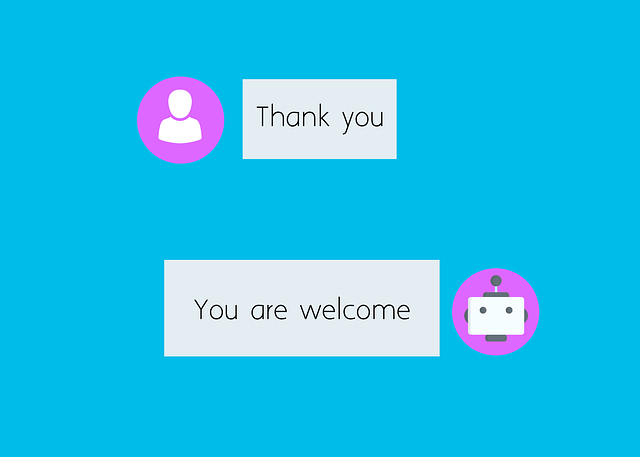
When determining the cost of an AI chatbot for ecommerce, several factors come into play. Firstly, the complexity of the chatbot’s functionality is a key consideration. More sophisticated chatbots that can handle a wide range of customer inquiries and provide personalized responses will naturally come at a higher price point. Additionally, the platform or technology used to develop and deploy the chatbot influences pricing; custom-built solutions tend to be more expensive than off-the-shelf options.
Another significant factor is the volume of expected interactions. Chatbots designed for high-traffic websites or those handling a large number of customer support requests per day will require scalable infrastructure, which can increase costs. Moreover, integration capabilities with existing ecommerce systems and third-party services are essential, but they may also add to the overall pricing structure. Lastly, ongoing maintenance, updates, and training to ensure the chatbot remains effective and up-to-date should be factored into any cost estimation.
Types of AI Chatbots and Their Cost Structures
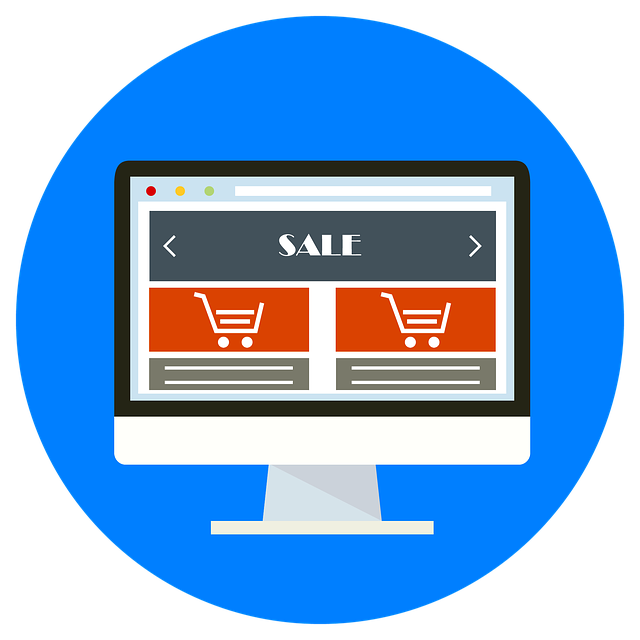
AI chatbots can be broadly categorized into three types, each with distinct cost structures: rule-based, hybrid, and advanced (or AI-native). Rule-based chatbots are the most straightforward and least expensive to implement. They follow pre-defined rules and scripts to engage users, making them suitable for simple customer support tasks in sectors like ecommerce. These chatbots often use templates and predefined responses, limiting their adaptability to complex scenarios.
Hybrid chatbots combine rule-based logic with machine learning algorithms, enabling them to learn from user interactions over time. This adds flexibility and the ability to handle a broader range of queries, albeit at a higher cost than rule-based models. They are commonly used in industries like healthcare and banking for personalized customer service. Advanced AI chatbots, often powered by large language models (LLMs), offer the most sophisticated capabilities. These LLMs can understand and generate human-like text, making them ideal for complex tasks such as content creation, marketing automation, and advanced customer support in ecommerce. However, they come with the highest price tags due to their intricate training and ongoing computational requirements.
The Impact of Customization on Ecommerce Chatbot Expenses

The level of customization required for an AI chatbot significantly influences its overall cost, especially in the context of eCommerce applications. While a basic chatbot can be relatively affordable and suitable for small businesses or startups with simple customer support needs, more advanced and tailored solutions come at a higher price point. Customization involves creating a chatbot that aligns perfectly with a brand’s unique identity, understands industry-specific terminology, and provides personalized recommendations to enhance the user experience.
For eCommerce chatbots, this might include integrating inventory systems, product databases, and payment gateways to enable seamless transactions. Advanced features such as natural language understanding, sentiment analysis, and machine learning capabilities, which allow the chatbot to learn from customer interactions, also contribute to higher development and maintenance costs. Businesses should weigh these factors when budgeting for an AI chatbot, ensuring it aligns with their long-term goals and provides value that justifies the investment.
Recurring vs. One-Time Payment Models for Chatbot Implementation
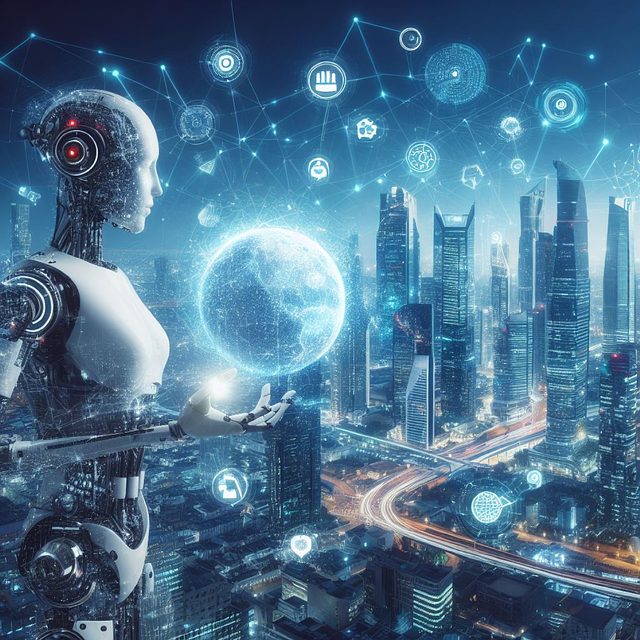
When implementing an AI chatbot, businesses often encounter two primary payment models: recurring and one-time payments. The choice between these models depends on various factors, including project scope, expected usage, and budget constraints. Ecommerce chatbots, for instance, can operate under a subscription-based model, where clients pay a regular fee to access advanced features and continuous updates. This is particularly beneficial for businesses aiming for long-term chatbot integration, as it ensures ongoing support and improvements without the need for frequent one-off payments.
On the other hand, one-time payments are suitable for specific projects or one-off implementations. Customers pay a lump sum for the development and deployment of a chatbot tailored to their unique needs. While this model may be more cost-effective for smaller businesses or one-time initiatives, it lacks the ongoing support and feature enhancements offered by recurring payment plans. Therefore, business owners should carefully consider their goals and resources when selecting between these implementation strategies.
Strategies to Optimize Costs While Benefiting from Advanced Customer Support
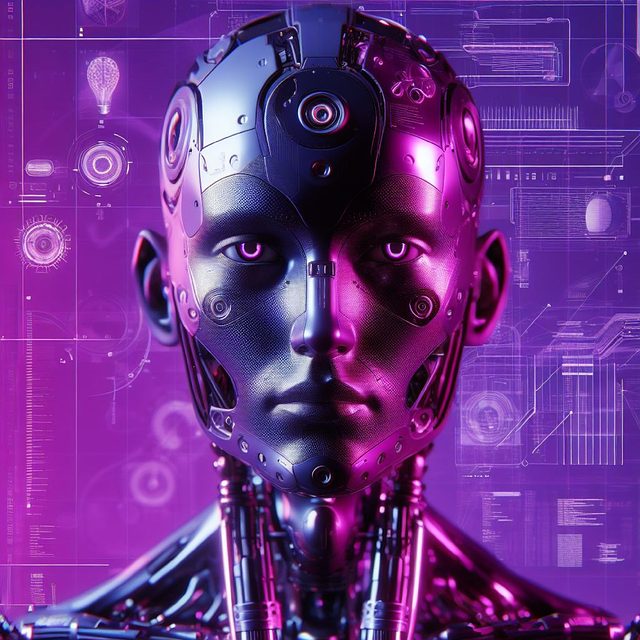
Many businesses, especially in the bustling world of e-commerce, are turning to AI chatbots as a cost-effective solution for customer support. However, optimizing these costs while reaping the benefits is essential. One strategy is to implement intelligent routing, where complex queries are directed to human agents, freeing up chatbot resources for simpler tasks. This ensures efficient use of funds and enhances customer satisfaction by providing timely assistance.
Additionally, customizable AI chatbots offer a range of pricing models, allowing businesses to choose based on their needs. By scaling up or down as required, companies can avoid unnecessary expenses. Regular updates and improvements to the chatbot’s capabilities also contribute to long-term cost savings, ensuring it stays relevant and efficient in handling various customer interactions, particularly for online stores with high order volumes.
In conclusion, the cost of an AI chatbot for ecommerce varies greatly based on factors like complexity, customization, and integration. Understanding these elements is key to choosing a solution that fits both your budget and needs. By selecting the right type of chatbot, implementing optimization strategies, and considering flexible payment models, businesses can access advanced customer support while managing costs effectively in today’s competitive market.
